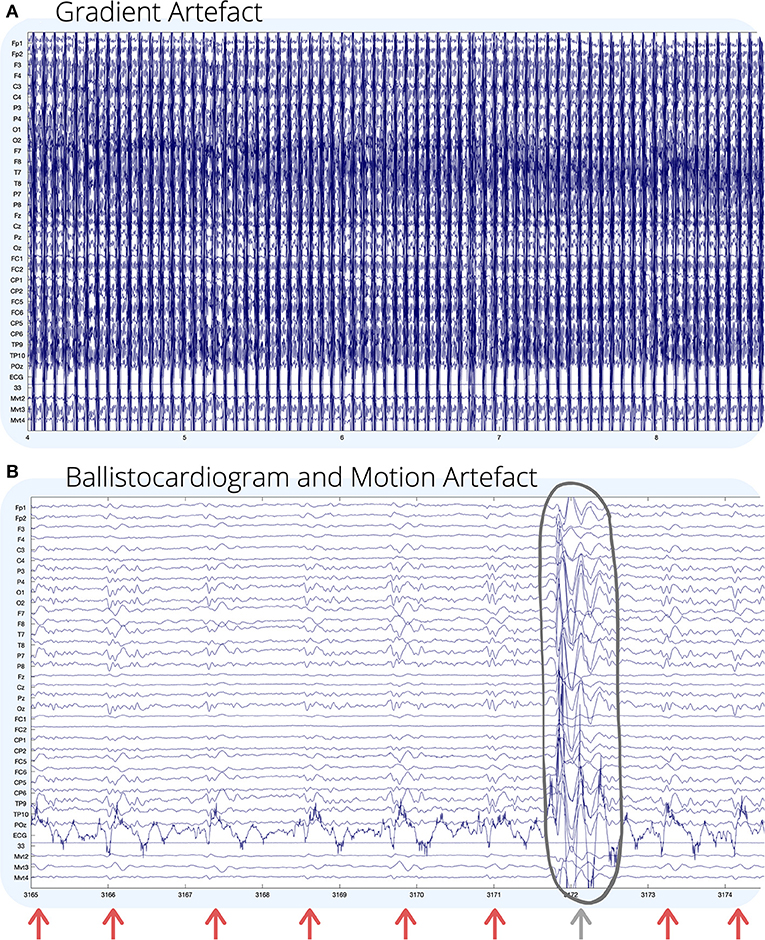
Conversely, non-epilepsy related conditions that lead to convulsive episodes or loss of consciousness may be misdiagnosed as epileptic seizures without video-EEG monitoring 7. It is especially useful when epileptic seizures occur without obvious convulsive behavioral manifestations, such as absence seizures or non-convulsive status epilepticus 5, 6. EEG is the most common neurodiagnostic test for evaluating and managing patients with epilepsy 3, 4. The signal recorded with non-invasive EEG represents voltage fluctuations arising from summated excitatory and inhibitory postsynaptic potentials generated mainly by cortical pyramidal neurons 1, 2. EEG is the recording of electrical brain activity by attaching electrodes to the scalp 1. Video-EEG-ECG monitoring in mouse models of epilepsy or other neurological disease provides a powerful tool to identify dysfunction at the level of the brain, heart, or brain-heart interactions.Įlectroencephalography (EEG) and electrocardiography (ECG) are powerful and widely used techniques for assessing in vivo brain and cardiac function, respectively. In addition to describing how to perform the EEG-ECG recordings, we also detail methods to quantify the resulting data for seizures, EEG spectral power, cardiac function, and heart rate variability, which we demonstrate in an example experiment using a mouse with epilepsy due to Kcna1 gene deletion. The basics of this technique can also be easily modified to accommodate recording other biosignals, such as electromyography (EMG) or plethysmography for assessment of muscle and respiratory activity, respectively.

Compared to wireless telemetry recording systems, the tethered arrangement possesses several technical advantages such as a greater possible number of channels for recording EEG or other biopotentials lower electrode costs and greater frequency bandwidth ( i.e., sampling rate) of recordings. The technique described herein utilizes a tethered ( i.e., wired) recording configuration in which the implanted electrode on the head of the mouse is hard-wired to the recording equipment.


Here, a technique to simultaneously record video, EEG, and ECG in mice to measure behavior, brain, and cardiac activities, respectively, is described. Electroencephalography (EEG) and electrocardiography (ECG) are widely used clinical diagnostic tools to monitor for abnormal brain and cardiac rhythms in patients. In epilepsy, seizures can evoke cardiac rhythm disturbances such as heart rate changes, conduction blocks, asystoles, and arrhythmias, which can potentially increase risk of sudden unexpected death in epilepsy (SUDEP).


 0 kommentar(er)
0 kommentar(er)
